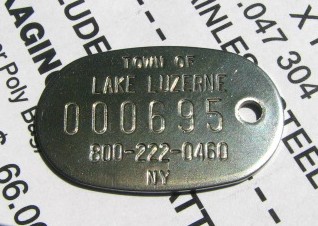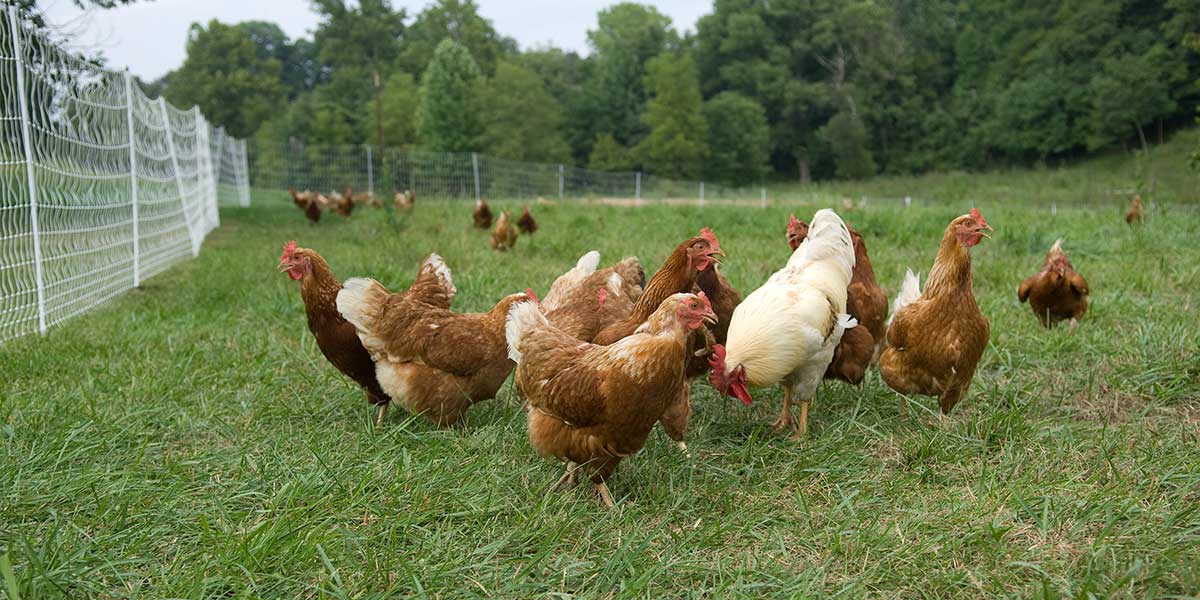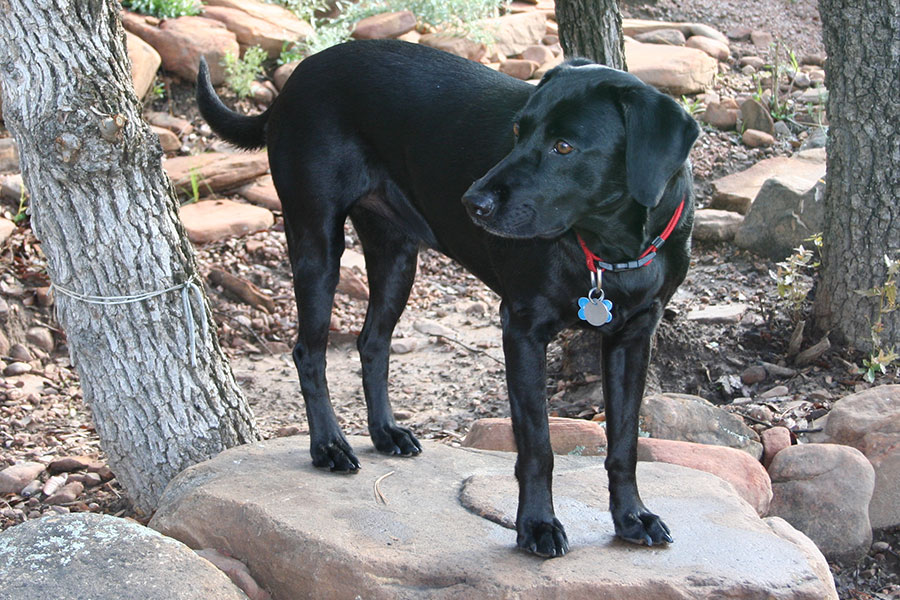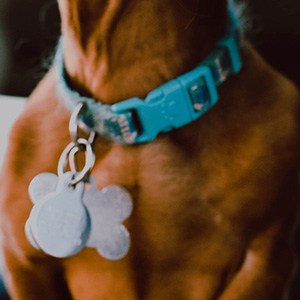You’ve been wanting a dog for a while, and now you’re ready to bring one home. You go to a local New York State animal shelter and discover many wonderful pooches from which to choose. There are boxers and beagles, Chihuahuas and terriers, labs and dachshunds, and numerous adorable mutts waiting for a forever home.
At last, you make your decision. You can’t wait to get Baxter (or Fluffy or Petey or Toto) home. You’ve done everything you need to in order to care for your new pet. You have plenty of dog food and treats on hand. You’ve selected a well-respected veterinarian to take care of your dog’s health. You’ve bought a leash for going on walks and a cozy dog bed that you hope your pup will like. Everything’s completed, right?
Not yet. There is one important step you still have to take. Namely, you need to secure a New York dog license, along with a state-approved license tag that your dog will wear on its collar.
Obtaining a New York Dog License
Almost all dogs living with owners in New York state must have a license. Puppies under the age of four months that are not “at large” (in other words, that are not free to roam) are exempt from this rule until they reach the age of five months. It doesn’t matter if you’ve selected your new forever friend from a shelter, dein a breeder, or simply from another person—you’ll need to follow the law.
When you apply, you’ll provide the sex of your dog, its approximate age, breed, color, and municipal identification number along with your name, address, telephone number, and location of your home. You’ll also need to show proof that Baxter (or Fluffy or Petey or Toto) has been vaccinated against rabies.
You will pay a modest fee to obtain the license. The exact amount is determined by the locality in which you live. In some cases, the money helps fund shelters and pay for free and low-cost neuter and spay program for those who can’t afford it.
Of course, requirements vary from state to state. Should you and your pet move from the state of New York, you’ll have to check with your new locality to find out what you will need to do regarding licensing.
But Why Are New York Dog Licenses Required?
Why should you have to go through all this bother? After all, you’re a responsible person. Your dog will be well cared for, watched over, and protected. Yet, when you think about it, the license is as much a benefit for people as for their dogs.
One of the main reasons for the New York dog license is to make sure canine pets have been given the rabies vaccine. This is a matter of public health and safety. Rabies, as is well known, is a disease that ravages the brain and is fatal if not identified and treated quickly. A vaccinated dog is protected from infection, as are any humans with whom the dog comes in contact.
When issued the license, your dog will be assigned its own unique license number. This number, along with your phone number, city or town, and any other pertinent information, should then be inscribed on a dog license tag that will be a permanent attachment on your dog’s collar. Should your dog get lost or is stolen, the number will help those who find your dog be able to return it to you. Back through history, people have found ways to mark their animals—including livestock and work animals—to help prove ownership should the animal go missing. Licensing and making that licensing visible by way of dog license tags is just an updated version of an old and important practice.
Getting a New York dog license for your new pet is not only mandatory, it will give you peace of mind. And if Baxter (or Fluffy or Petey or Toto) could talk, you’d likely be thanked not only for the food and treats, the walks, and the cozy dog bed, but also for doing everything to make sure the years you have together are as safe and stress-free as possible.









